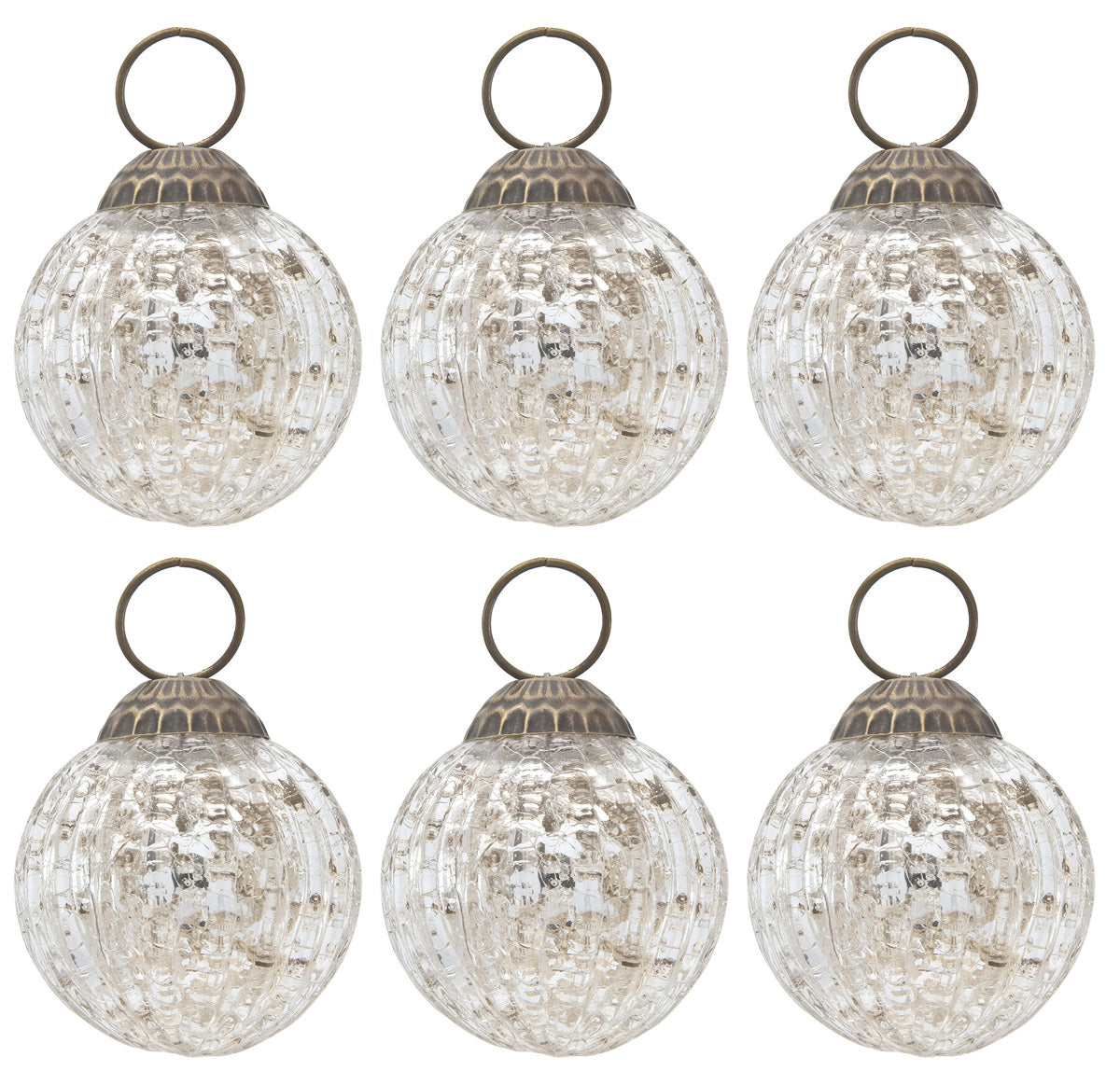Historical Context and Significance

The origins of mercury glass ornaments can be traced back to the 19th century in Germany, where glassblowers experimented with various techniques to create unique and decorative ornaments. These ornaments were initially made using a combination of molten glass and mercury, which gave them a distinctive reflective and shimmering appearance.
Adorn your fall yard decor with the ethereal shimmer of mercury glass ornaments. Their iridescent glow adds a touch of magic to autumn’s vibrant hues. These delicate baubles can be hung from trees, strung along fences, or placed on tables to create a captivating display that reflects the changing seasons.
Mercury glass ornaments are a timeless treasure, evoking memories of holidays past and adding a touch of elegance to any outdoor space.
Mercury glass ornaments quickly gained popularity due to their beauty and affordability. They became a staple of Christmas decorations in many homes, and their production spread to other countries, including the United States. The popularity of mercury glass ornaments continued throughout the 20th century, and they remain a cherished part of holiday traditions for many families.
The antique charm of mercury glass ornaments, with their shimmering, iridescent surfaces, evokes a sense of nostalgia. Their ethereal glow echoes the vibrant hues of neon wallpaper , adding a touch of contemporary flair to any room. The interplay of these two elements creates a captivating visual harmony, where the warmth of mercury glass complements the electric energy of neon, resulting in a captivating display that transcends time.
Notable Historical Figures
Several notable historical figures have been associated with mercury glass ornaments. One such figure is Thomas Edison, who is credited with inventing the first electric Christmas tree lights in 1882. These lights allowed mercury glass ornaments to be illuminated, making them even more popular and festive.
Design and Manufacturing Techniques: Mercury Glass Ornaments

Mercury glass ornaments, characterized by their reflective and shimmering surfaces, have captivated collectors and enthusiasts for centuries. Their unique design and manufacturing techniques have evolved over time, resulting in a captivating array of shapes, sizes, and colors.
Traditionally, mercury glass ornaments were crafted using a labor-intensive process that involved blowing molten glass into a mold and then coating the interior with a thin layer of mercury. This technique, known as silvering, created the distinctive reflective surface that has become synonymous with mercury glass. However, due to the toxicity of mercury, modern manufacturing methods have replaced this process with safer alternatives, such as vacuum metalizing and chemical silvering.
Shapes, Sizes, and Colors
Mercury glass ornaments come in a myriad of shapes, sizes, and colors, catering to diverse tastes and decorative styles. Common shapes include spheres, ovals, and teardrops, while sizes range from petite to grand. The color palette encompasses a wide spectrum, from classic silver and gold to vibrant hues of red, blue, and green. These ornaments are often adorned with intricate designs and patterns, further enhancing their visual appeal.
Artistic Interpretation and Modern Applications

Mercury glass ornaments have captured the imagination of artists and designers for centuries. Their ethereal beauty and reflective qualities have made them a popular choice for decorative purposes.
Aesthetic Appeal and Artistic Value, Mercury glass ornaments
The aesthetic appeal of mercury glass ornaments lies in their unique ability to reflect light. The silvery surface creates a shimmering effect that is both captivating and elegant. This reflective quality also allows the ornaments to blend seamlessly with their surroundings, creating a sense of harmony and balance.
In addition to their aesthetic appeal, mercury glass ornaments also have artistic value. The process of creating these ornaments requires a high level of skill and craftsmanship. Each ornament is hand-blown and then coated with a thin layer of mercury, which is then sealed with a clear glaze. This delicate process results in ornaments that are both beautiful and unique.
Contemporary Uses in Interior Design and Décor
Mercury glass ornaments are not only prized by collectors but are also widely used in interior design and décor. Their versatility makes them suitable for a variety of styles, from traditional to contemporary. Mercury glass ornaments can be used to add a touch of elegance to a room or to create a more festive atmosphere during the holidays.
One of the most popular uses for mercury glass ornaments is in Christmas decorations. These ornaments are often used to adorn Christmas trees, wreaths, and garlands. Their reflective surfaces create a magical glow that adds to the festive spirit of the season.
Artists’ Incorporations
Artists have also found creative ways to incorporate mercury glass ornaments into their work. Some artists use these ornaments as a medium for painting or drawing. Others use them to create sculptures or installations. Mercury glass ornaments have also been used in jewelry making and fashion design.
The artistic possibilities of mercury glass ornaments are endless. These ornaments can be used to create a wide variety of effects, from the subtle to the dramatic. Their beauty and versatility make them a popular choice for artists of all kinds.